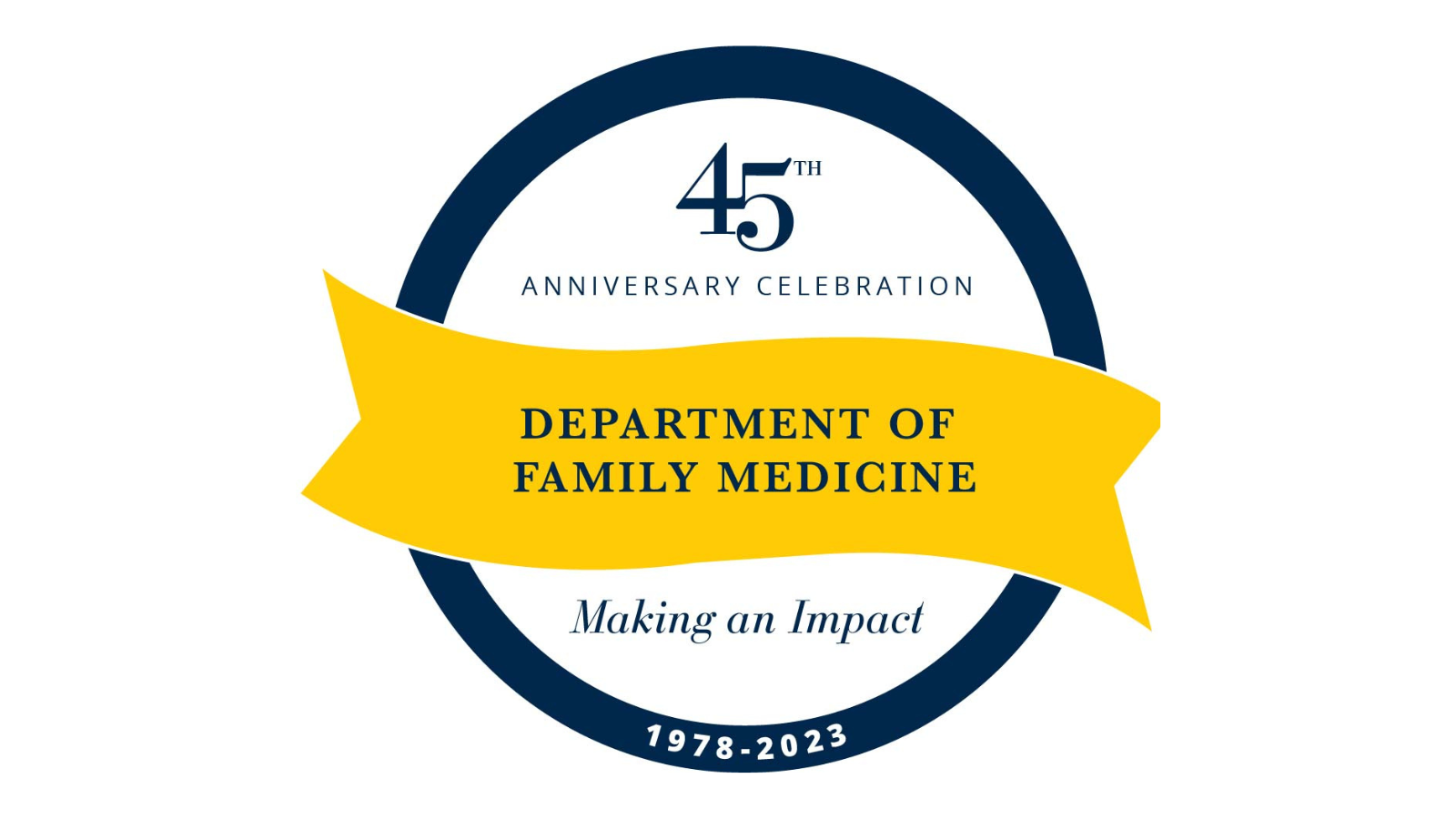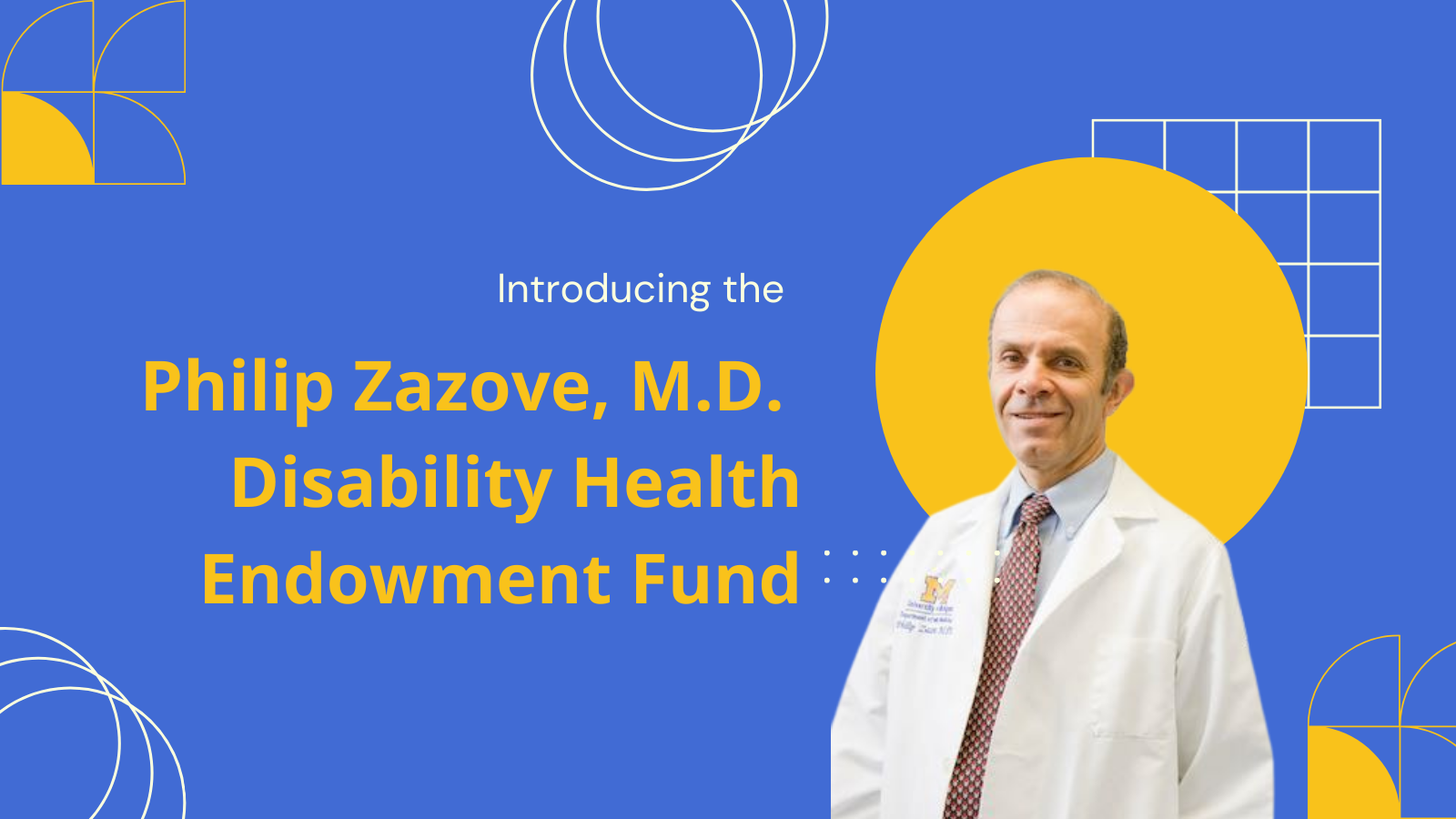P30 Improvement of Urgent Care Access by Utilizing "No-Show" Appointment Slots
Jill Fenske, MD; Erin Walter; Marla Slocum-Casper; Tracy Reed
12/2/16 9:30 AM - 10:00 AM Newport Coast Ballroom
Access for urgent care appointments is variable in our academic family medicine practice due to fluctuations in faculty and resident physician availability. We consistently have five to nine appointment slots per day that remain unused when patients do not arrive or cancel shortly before the appointment time. We developed a process to utilize these open slots for patients who need to be seen same-day for urgent concerns. This process has involved the creation of a new schedule for "waiting" urgent-care patients that nurses can fill after triage has been completed. Patients are advised they can come to the clinic within a certain time-frame and will be worked in as the schedule allows. Once arriving at clinic, the patients are greeted by a medical assistant, and the initial intake is completed. The medical assistant then identifies a physician who is able to see the patient. This process has required a cooperative effort from the entire health center team, and thus far, has been well received by both physicians and patients.
P41 Implementing Depression and Fall Risk Screening in Adults Over 65 Years Old
David Serlin, MD
12/2/16 9:30 AM - 10:00 AM Newport Coast Ballroom
In response to USPSTF recommendations and local payor metrics, the University of Michigan initiated an EHR-based intervention to improve fall risk evaluation and depression screening in all patients 65 and older. At baseline, this was either not being done or not being documented. Through creation of a smart form, the information was captured in a standardized way that was trackable for reporting purposes as part of the Annual Wellness Visit (AWV). While rates improved significantly, many patients did not have an AWV, and therefore a second round of PDCA evaluation let to the creation of a best practice advisory reminder to prompt evaluation once per year. Although the project is still in progress, performance has dramatically improved from a baseline under 10% to the current (January 2016) rates of approximately 51%, across 15+ primary care sites at the University of Michigan Health System. We expect to see continued improvement over the next 6 months and have targeted reaching 90th percentile on both metrics.
Julie Prussack, MD; Grant Greenberg, MD, MA, MHSA
12/2/16 10:00 AM - 11:00 AM Diamond Cove
Introduction: The breast cancer screening rate for 52- to 74-year-old female patients at the University of Michigan Health System, a population of 24,000 patients, has remained stable at 79% since September 2014 despite multiple, uncoordinated locally driven efforts to support the institutional goal of improving to 80%. According to the American College of Radiology, for every 1,000 women who have a screening mammogram, five are diagnosed with breast cancer. Therefore, root cause analysis was initiated to identify countermeasures that could lead to a sustainable improvement in mammography rates. Methods: A collaborative partnership was formed between Ambulatory Care Operations and the Departments of Family Medicine, Internal Medicine, Obstetrics and Gynecology, and Radiology to address the small but persistent gap in breast cancer screening rates. A qualitative analysis was performed by calling patients overdue for mammography and inquiring why they had not obtained their study. Four main root causes were identified: (1) missed opportunities for point-of-care scheduling, (2) a tedious, poorly understood process for self-scheduling, (3) limited availability of mammogram appointments, and (4) difficulty identifying and documenting mammograms completed outside the University of Michigan Health System. Specific countermeasures were taken to address each of these root causes including a focus on point-of-care scheduling, a new online process for patient self-scheduling, increased availability of mammogram appointments, and improved processes for accessing and recording outside studies. Results: As of February 2016, breast cancer screening rates reached the goal of 80% for the first time in nearly 2 years. This is thought to be a result of the root cause analysis and resultant mixed methods approach to improving mammogram ordering, scheduling, availability, and recording. Ongoing data collection will inform continued efforts to improve our processes and screening rates and ensure sustained delivery of high-quality care. Discussion: This is one example of how root cause analysis, mixed methods process improvement, and technologic innovation can be applied to small but meaningful gaps in preventive care at a health system level. This lecture will allow further discussion into the details of the root cause analysis and linked countermeasures, as well as opportunities for lecture participants to apply these methods to their own gaps in preventive care.
Upon completion of this session, participants should be able to:
1. Apply a thorough root cause analysis to examine their own preventive care processes.
2. Understand how to mobilize a multidisciplinary team when addressing gaps in preventive care.
3. Identify barriers to care and recognize how to use electronic tools to address these barriers.
L37 Medical Scribes: To Add or Not to Add
Heather Holmstrom, MD; David Serlin, MD
12/3/16 10:00 AM - 11:00 AM Laguna
Electronic health records (EHRs) hold promise to improve productivity, quality, and outcomes. However, they can be cumbersome, disruptive to workflow, and off-putting to patients and clinicians. Physician burnout rates in family medicine are well above 50%, and many physicians indicate that complicated EHRs are a strong contributor to their burnout. One possible countermeasure is the use of medical scribes that can help perform clerical documentation functions that a physician would otherwise be performing while simultaneously providing care to a patient. While scribes cannot perform all of the documentation requirements for a physician, they can significantly reduce the EHR "chart work." However, there are costs to utilizing medical scribes and determining whether the return on investment supports their use by an individual physician, practice, or institution is based on a number of factors. We will review outcomes data regarding RVU, physician, and patient satisfaction. We will discuss factors that can either increase or decrease individual physician satisfaction with a program. We will review regulatory guidelines that impact medical scribe program implementation and consider value of centralized or decentralized management of the program. Lastly, we will review the strengths and weaknesses of vendor scribe versus in house scribe solutions.
Upon completion of this session, participants should be able to:
1. Assess costs and benefits of a medical scribe program to physicians and practices.
2. Identify factors that may impact return on investment for practices and institutions that implement a medical scribe program, and consider ways to evaluate them objectively.
3. Compare the strengths and weaknesses of an internally developed versus vendor scribe program and decide which solution fits with their practice.
Heather Holmstrom, MD; Pamela Rockwell, DO; Devon Kinney, BS Arch, MSQM
12/3/16 2:15 PM - 3:15 PM Sapphire Cove
As family physicians, we continually seek ways to increase the quality of patient-centered care we provide. To increase the value to the patient, care team, and our institution we targeted ways to deliver care outside of a traditional clinic visit workflow. At our academic family medicine pilot site at the University of Michigan we designed, tested, and implemented a new workflow for pre-clinical visit care (pre-visit) coordination. The new pre-visit workflow facilitates clinical efficiency, increases patient and team satisfaction, increases quality metrics, and aims to increase clinical access. Our pre-visit workflow and design itemizes and prioritizes the components of care that are delivered prior to a scheduled health maintenance visit, including the design of algorithms, and identifies metrics used to track degrees of success for pre-visit clinical targeted health objectives, augmenting our departments’ overall patient-centered medical home efforts. This team-based workflow and the roles of each care team member will be discussed. We will show positive outcomes that have resulted from this workflow change. Impactful outcomes that are already apparent include: workflow standardization, reduced rooming times, reduced no-show rates, improved physician, patient, and staff satisfaction, and improved quality metrics. Our study has provided a framework that encourages more impactful interactions and greater communication between care team members and patients and leverages the use of the EMR, telephone, and non-telephone communication in the pre-visit time frame. This framework and process may be customized to address other types of patient care visits at a family medicine office and may include other specific, desired quality metrics and designated care team members, individualized to each practice’s needs.
Upon completion of this session, participants should be able to:
1. Identify components of the Health Maintenance visit that could be addressed before the visit (pre-visit).
2. Identify care team members with clearly defined roles to address these components and design a process to maximize the efficiency and effectiveness of these pre-visits.
3. Familiarize with ways to identify, assess, and implement lean improvements to the pre-visit process.


